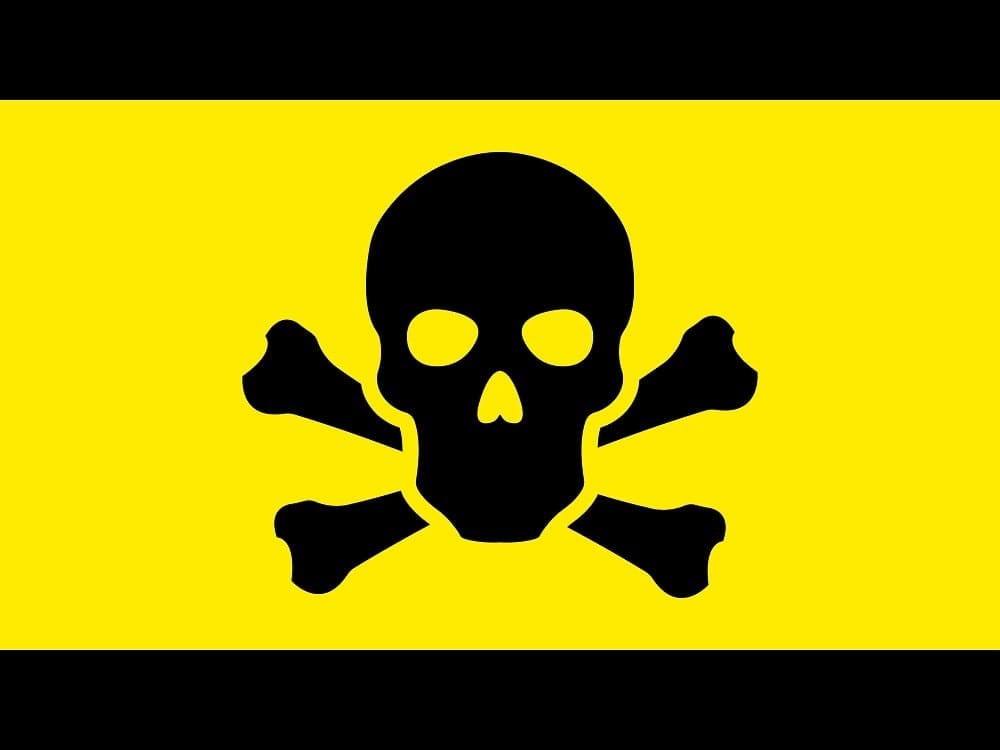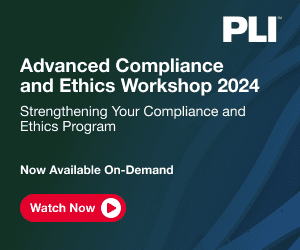A Holistic Approach to Addressing Harassment
As cultural movements continue to raise awareness about misconduct, compliance and ethics programs are putting more power behind training their employees on how to identify and report harassment in the workplace. Despite this increased emphasis, less than half of employees who observed harassment reported it last year, sending a signal that there’s more organizations must do to reduce this risk.
with co-author Aaron Pinnick
While harassment has been one of the most commonly observed types of misconduct for employees over the past decade,[i] recent, high-profile leaks of sexual harassment has increased the attention this type of misconduct receives. As a result, it has renewed public discourse on the topic and created greater urgency to address the issue at the CEO and board level.
To mitigate the risk harassment can present to the organization, and to stay in front of reputational failures, compliance and ethics programs are putting more power behind training their employees on how to identify and report harassment in the workplace, with over half of compliance and ethics programs already requiring most of their employees to complete anti-harassment training annually[ii]. However, despite this increased attention and training, only 46 percent of employees who observed harassment reported it in 2017[iii] – an indication that there is much more compliance and ethics programs can do to reduce this risk to their organizations.
Improve Compliance and Ethics Training
While the majority of companies provide their employees some form of anti-harassment training, led by either the compliance and ethics program or HR, these training courses tend to be heavily influenced by content developed in the 80’s or 90’s and focuses on the identification of what behaviors constitute harassment and what behaviors should be avoided in the workplace. While this type of training can provide a baseline of awareness for employees, as well as serve as a legal and regulatory cover, it rarely moves the needle on improving employee behavior.
When it comes to reducing harassment, leading compliance programs and L&D experts are recognizing that in order to change employee behavior and reduce harassment, training should empower employees to support and stand up for their peers when they witness misconduct. Often referred to as “upstander training,” this training shifts the focus from helping employees avoid committing harassment to helping individuals intervene when they witness harassment, supporting the victim and ensuring that the weight of reporting the incident doesn’t feel like the sole responsibility of the victim.
In practice, upstander training should include interactive training sessions that provide a framework and structure for employees to understand how they should respond in the moment when they observe harassment. This often involves providing employees with tangible scenarios to allow them to practice intervening on behalf of the victim, teaching them correct behavior in the moment and educating them on reporting or escalating issues when necessary.
Creating More Ethical Cultures
Across the past decade, Gartner research has consistently shown that those employees who work in highly ethical corporate cultures are significantly less likely to witness or experience misconduct and significantly more likely to report misconduct that they have observed. While this trend holds true for all types of misconduct, it is especially true for interpersonal misconduct like harassment, with employees in weak cultures observing harassment at a rate over three times higher than employees in highly ethical cultures.
When it comes to creating an ethical culture, many compliance and ethics programs tend to focus on setting a strong tone at the top, with the thought that the organization’s senior leaders are the loudest and most visible cultural carriers within the company. However, to create a culture that mitigates harassment requires building culture from the bottom up. Employees who have experienced harassment express a distinct lack of trust in their colleagues and the individuals they work with every day, with their perceptions of this aspect of culture lower than all others and perceptions that are 24 percent lower than the overall average.
To mitigate this lack of trust, leading compliance and ethics programs focus on two main strategies:
- Link ethical behavior to performance outcomes. Most companies evaluate an employee’s performance based on what they were able to accomplish over a certain period of time. But for those organizations wishing to improve the trust employees have in their peers, they should work to also evaluate “how” an employee was able to accomplish their performance goals and factor that into performance evaluations and variable compensation discussions. This step is critical to building trust among team members, because it sends a clear signal to employees that the organization values ethics and integrity and creates a process whereby employees are assured that ethical behavior can be fairly rewarded.
- Increase the visibility of positive behavior within teams. The vast majority of employees within any organization will be ethical individuals who have the knowledge and desire to do the right thing. Yet trust within a team can erode because employees may not have an opportunity to share or discuss the ways they behave ethically as a natural part of their workflow. Compliance and ethics programs can create prompts and team discussions to encourage employees to have interactions that display their ethical behaviors, as well as provide teams the opportunity to discuss behavior improvements that could be made.
Harassment will continue to be a perennial issue for organizations, and, unfortunately, it will likely continue to exist in some form among employees. Compliance and ethics executives should use the current public attention and focus on harassment to re-evaluate their current efforts to combat misconduct. By revamping their training approach to focus on reducing organizational bystanders and working to develop trust on teams, compliance executives can have a significant impact on the prevalence of harassment within their organization.
[i] Gartner RiskClarity: A Corporate Integrity ServiceTM 2008-2017 Benchmarks.
[ii] 2018 State of the Compliance and Ethics Function Benchmark.
[iii] Gartner RiskClarity: A Corporate Integrity ServiceTM 2017 Benchmark.



 Brian Lee is an experienced lawyer and Managing Vice President at
Brian Lee is an experienced lawyer and Managing Vice President at 








